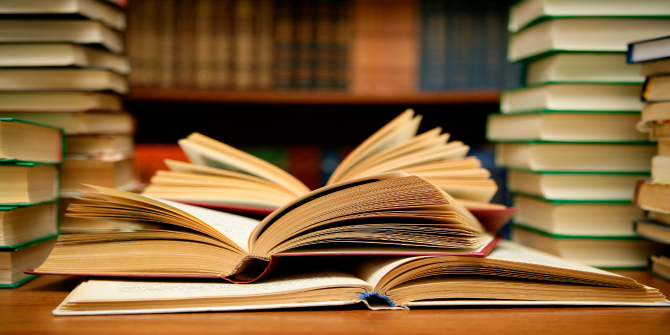Gregory O’Connor
Rebellion and Revolution in Dublin: Voices from a Suburb, Rathfarnham, 1913-23
(South Dublin County Council, €15; available also from any South Dublin Library, or online from www.southdublinlibraries.ie/bookstore)
This book consists of 13 essays by different authors on various aspects of the momentous events which occurred in the 10 years between the founding of the Irish Volunteers and the end of the Civil War. Its publication formed part of South Dublin County Council’s 1916 Centenary Programme, and also of their wider Decade of Centenaries Programme.
The editors, Dr Marnie Hay and Prof. Daire Keogh, lay out the main themes of the volume in their introduction. The first article by Prof. Mary Daly, ‘The Social Context of Wartime Dublin’, provides an excellent, penetrating portrait of the social and economic condition of the capital city and of the effects on that condition of the both the war raging in Europe and the Revolution begun at home.
The majority of articles relate to the Easter Rising and the period leading up to it but there are several that continue the narrative to describe events in the War of Independence and the Civil War.
That the Irish Revolution began in the middle of the earthshaking global event that was the First World War is reflected in articles on the Fetherstonhaugh Home, which cared for hundreds of wounded soldiers; and another on the Jesuits in Rathfarnham Castle, which also includes data about the order’s priests who served as army chaplains on the Western Front.
There is also an interesting article on four artists: May Guinness, Willie Pearse, Sean Keating and Patrick Tuohy, who lived or worked in Rathfarnham during the revolutionary period.
All the pieces are of a high quality, but several stand out. One is Martin Mansergh’s comparison of the Proclamations of Emmet’s Rising of 1803 and of the 1916 Rising, and another Michael McDowell’s analysis of the attitude of his grandfather Eoin MacNeill, firstly to those he suspected of preparing for an insurrection, and secondly to event itself when it became an immediate prospect.
Emmet, the “haunted ghost” of Pearse’s imagination also appears in the article by Brian Crowley (the Curator of St Enda’s Museum), which describes the spiritual connection which the latter felt with the former.
Wisdom
One article by Conor McNamara deals directly with the men from Rathfarnham who went in from St Enda’s to the city to take part in the Rising.
The sharply divergent views on the wisdom, and also the basic morality of the Insurrection at the time of its planning and launching, are strikingly brought out in Senator McDowell’s essay. The heated debates on these matters between historians of recent decades are tellingly recounted in an essay by Felix Larkin, which elucidates in detail the stringent critique of the Rising written by Fr F.X Martin.
Articles such as those by Gareth Coghlan on his grandfather F. X. Coghlan, and that by Michael Laffan on W.T Cosgrave and his home called Beechpark, provide some valuable information on post-1916 events.
An international dimension is added in Robert Schmuhl’s essay on ‘Easter 1916 and Ireland’s Exiled Children: The American Connections’, while the article on Bulmer Hobson by joint editor Marnie Hay explains his opposition to the Rising, and goes on to describe his later activities, which included pamphlets on political and economic issues and a spell as Chairman of the Whitechurch Library Committee
This book describes the local contribution to the revolutionary movement, but also transcends the local to address and inform the national debate on the legacy which the events of those extraordinary years have left the country which continues to be relevant right up to the present day.
It has to be said, however, that much work remains to be done to fulfil the expectations raised by the subtitle of the book, that is to say ‘Voices from a Suburb 1913-23’.
Such a larger task really necessitates a companion volume to this one. While the involvement of Rathfarnham in the events of the Rising itself was almost entirely “exported” into the City, the area was a very significant theatre of action in both the War of Independence and the Civil War.
In telling that fuller story of the later period the promised release by the Irish military archives of all the National Service Pension Claims files – which include both sides in the Civil War – will prove an indispensible resource.
Gregory O’Connor is an archivist with National Archives who lives in Rathfarnham



